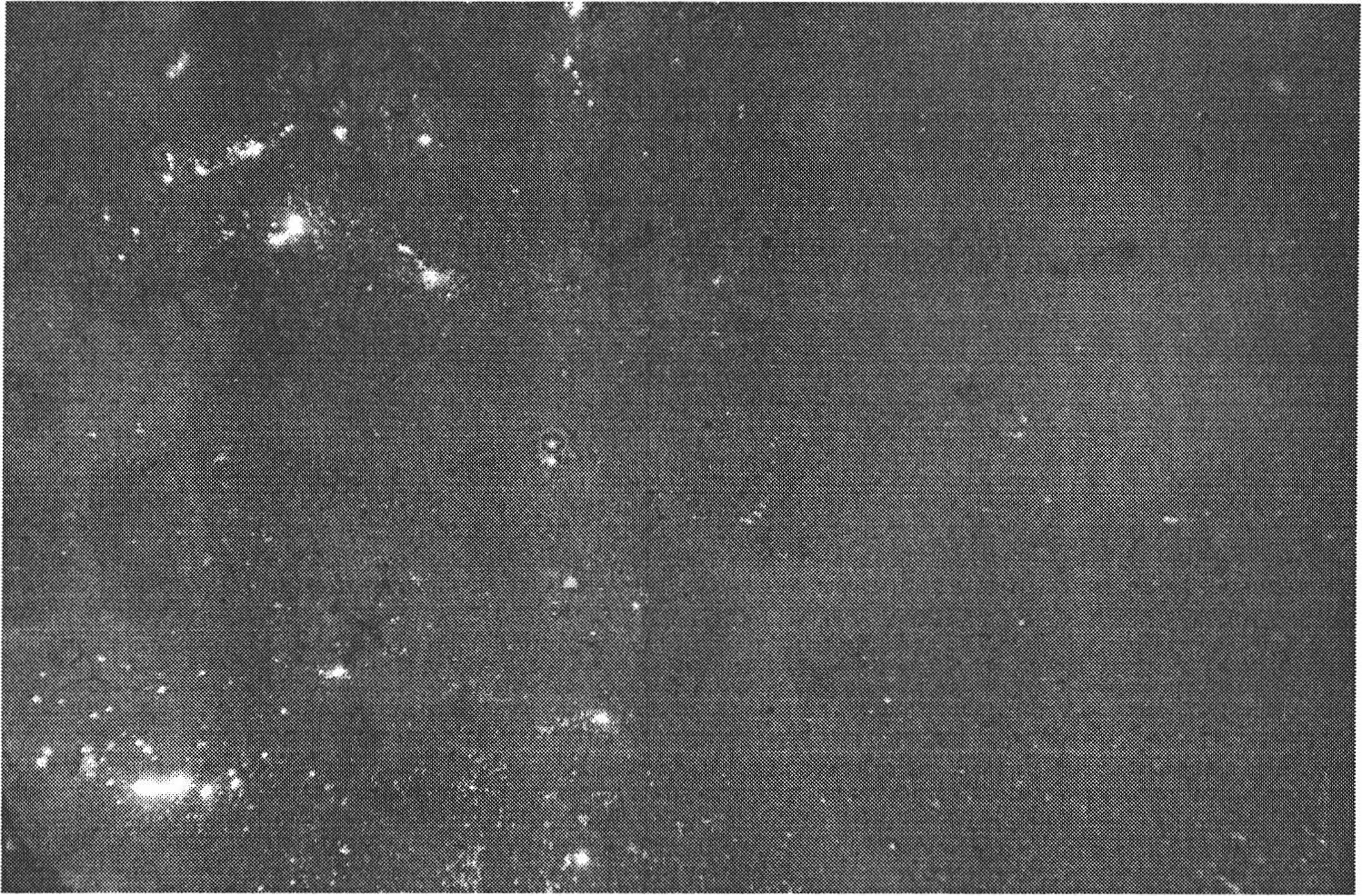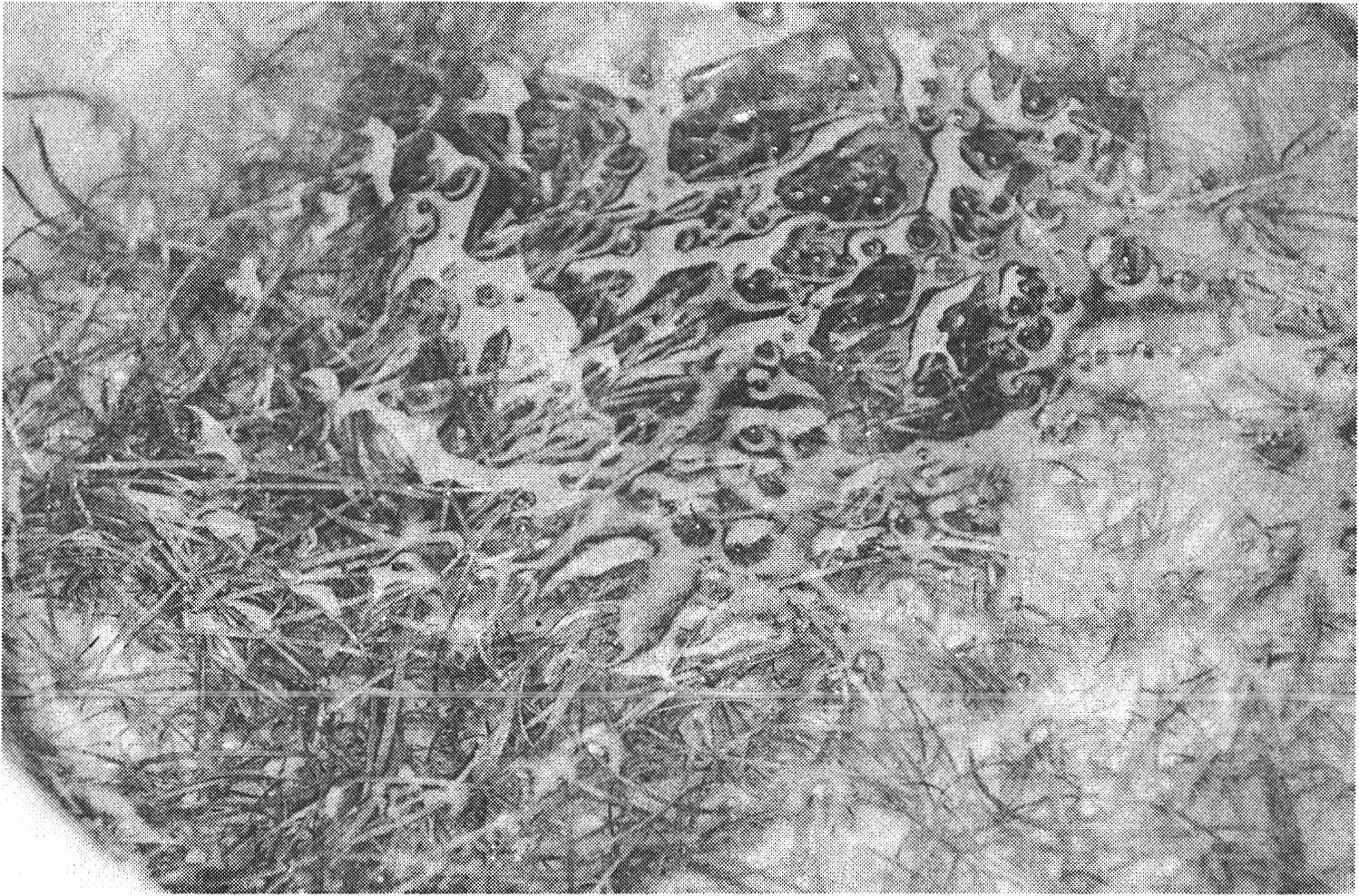Method for achieving conversion between algae and grass in shallow lake by utilizing cohesive soil
A clayey soil and lake technology, applied in chemical instruments and methods, biological water/sewage treatment, water/sludge/sewage treatment, etc.
- Summary
- Abstract
- Description
- Claims
- Application Information
AI Technical Summary
Problems solved by technology
Method used
Image
Examples
Embodiment 1
[0014] Example 1 Coverage effect experiment of different materials
[0015] Select clean soil, kaolin, illite, bentonite, sepiolite and silicon dioxide from the coast of Shiba Bay, Taihu Lake, Wuxi as materials, dry them naturally under the sun, then crush and grind them, pass through a 180-mesh sieve, and put the pretreated Add different materials into 500ml beakers respectively, add clay materials about 2cm thick from the bottom to each beaker, then add 400ml deionized water to each beaker, stir well, after standing for two days, the different clay minerals basically settle at the bottom of the beaker , the settlement effect of the shore soil and illite is the best, and the supernatant is clarified. Use a six-connected stirrer to ensure that the stirring bar is just at a height that cannot touch the clay layer to stir the supernatant in each beaker. The fixed speed is 40r / min, and the turbidity is measured respectively under different stirring times (such as figure 1 shown)...
Embodiment 2
[0016] Example 2 Comparative experiment on the restoration effect of submerged vegetation under the condition of anaerobic sediment and shore soil remediation sediment
[0017] at 1m 3 Put anaerobic sediment at the bottom of the ecological simulation tank, set up an anaerobic sediment control group without adding soil and a restoration group covered with soil, the water depth of each tank is 70cm, the light conditions: L:D=14:10, water temperature 25 ℃, light intensity 166μw / cm 2 . Sow bitter grass seeds on the sediment. After 5 days, white seed buds appeared on the sediments of both groups; after 10 days, the seed buds of the restoration group appeared green, while the seed buds of the control group were still white. After 20 days, the bitter grass in the restoration group had tilled, green branches and leaves grew, and the plants became taller and thicker, while in the control group, only a small amount of white seed buds and some black rotten buds remained, and the height ...
PUM
 Login to View More
Login to View More Abstract
Description
Claims
Application Information
 Login to View More
Login to View More - R&D
- Intellectual Property
- Life Sciences
- Materials
- Tech Scout
- Unparalleled Data Quality
- Higher Quality Content
- 60% Fewer Hallucinations
Browse by: Latest US Patents, China's latest patents, Technical Efficacy Thesaurus, Application Domain, Technology Topic, Popular Technical Reports.
© 2025 PatSnap. All rights reserved.Legal|Privacy policy|Modern Slavery Act Transparency Statement|Sitemap|About US| Contact US: help@patsnap.com



